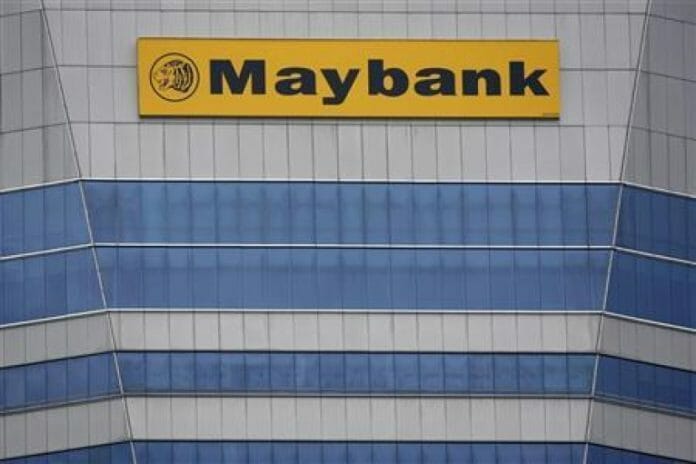In overcoming long-standing structural challenges, the Government identified nine major structural challenges facing the Malaysian economy i.e. deterioration in governance; economy becoming domestically-driven; low labour share of income; low median and mean wages; low female labour force participation rate; rising national debt; declining investment share of GDP; falling competitiveness; and inequality.
Maybank Investment Bank (Maybank IB) weighed on the MADANI Economy which is sees as the way forward in addressing these challenges, MADANI Economy aims to:
1) “raise the ceiling” for the country by leveraging on inherent strengths to be a leading Asian economy by becoming a competitive and world class investment destination; promoting digital and innovation-led industries; positioning as global leader in Islamic finance; developing global champions among the micro, small and medium enterprises (MSMEs); achieving economic security and sustainability; and
2) “raise the floor” for the people by means of respectable jobs; decent standard of living; equality and inclusivity; improving basic infrastructure and public services, underpinned by access to quality education and healthcare services; enhancing social protection i.e. social security system and safety nets MADANI Economy sets medium-term targets (10 years) anchored on global benchmarks for the positioning and ranking of the Malaysian economy, competitiveness, quality of life, labour inclusiveness, corruption, and fiscal sustainability for a better Malaysia that benefits the people.
Maybank IB Group Chief Economist Suhaimi Ilias said among the key medium-term macroeconomic results expected under MADANI economy are:
1) real GDP growth of 5.5%-6.0% p.a. over the next 10 years vs current run rate or “business as usual” (BAU) growth of 4.0%- 5.0%;
2) raise employees share of GDP to 45% in 10 years’ time (2021: 35.1%; 2022: 32.4%; 2025E: 40%); and
3) budget deficit to GDP ratio of 3% or less 10 years from now (2023E: 5.0%; Medium Term Fiscal Framework 2023E2025E average: 4.1%).
Prime Minister Dato Seri Anwar Ibrahim’s speech at the launch of MADANI Economy also mentioned several major infrastructure projects that are pending, thus confirming these projects will be implemented i.e. MRT3; Penang LRT; Johor Bahru Bus Rapid Transit (BRT); Penang and Subang airport expansions.
There are also incentives, initiatives and allocations targeted for MSMEs, startups, and sectors/industries like technology (electronics, datacentres), resource-based (downstream oil & gas and rubber), tourism and affordable housing. Hitting the ground running on execution in 2H 2023.
The Government is hitting the ground running on implementation of MADANI economy. Underscoring this, MADANI Economy launch on the morning of 27 July 2023 was followed by the unveiling Phase 1 of the National Energy Transition Roadmap (NETR) in the afternoon by the Economy Ministry and the Ministry of Natural Resources, Environment and Climate Change.
NETR Part 1 will be followed by NETR Part 2 and the National Industrial Master Plan (NIMP) 2030 by end-Aug 2023; mid-term review of the 12th Malaysia Plan (12MP, 2021-2025) at the special Parliament session on 11-19 Sep 2023; Budget 2024 on 13 Oct 2023; and Fiscal Responsibility Act and Government Procurement Act by end-2023.
Next is the Federal Government’s Budget 2024 which is scheduled to be tabled at the Parliament on 13 Oct 2023, and Maybank IB also expects the tabling of Fiscal Responsibility Act and Government Procurement Act by end-2023.
These will be the legislative aspect of fiscal reforms, on top of the on-going subsidy rationalisation i.e. moving away from blanket subsidy system to targeted subsidy mechanism, which begins with electricity subsidy this year, to be followed by fuel subsidy next year.
Meanwhile, the Economy Ministry and the Human Resource Ministry are studying the Progressive Wage Model to boost workers’ income that is in line with productivity.
In addition, the country’s labour policy will also be geared towards reducing the economy’s dependence on foreign workers that have suppressed wages and salaries, and dis-incentivise innovation and productivity.
To this end, the Government intends to implement tiered foreign workers levies – which we assume to mean higher levies for employers that hire more foreign workers – with part the proceed will be earmarked for automation and local workers’ training and upskilling/re-skilling programmes.









